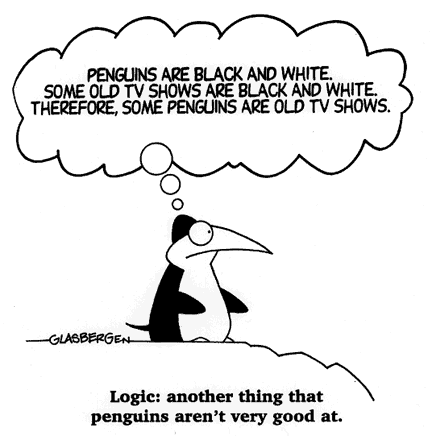Literature
Model checking
Logic
UML
The most basic notions of UML will suffice in this course. It is
enough to understand the essentials of class and object diagrams.
- The Object Management Grup
(OMG) is an industrial consortium responsible for standards
development in object-oriented computing. In particular they maintain
UML, where all kinds of UML/OCL
documents can be found.
- If you need an introduction or refresher on UML, then Martin
Fowlers's UML
Distilled is strongly recommended. Still the best basic text on
UML (plus a lot of general wisdom on OOP). The 3rd edition is
compliant with UML 2.0.
Java Card
Tools
Promela, Spin and jSpin
OpenJML
-
The latest version of OpenJML can be found on their
website
(direct link here).
-
Within the directory where you extracted openjml.jar, run the command
java -Xbootclasspath/p:openjml.jar -jar openjml.jar -noInternalSpecs path_to_file
-
If you cannot run java 1.7, we have a local copy of an older release that still
supported 1.6
here.
-
OpenJML allows you to compile to a bytecode (.class) file with inlined
run-time assertion checks on your invariants, pre- and post-conditions. Try
this for example with this file. Compile using:
java -Xbootclasspath/p:openjml.jar -jar openjml.jar -rac -noInternalSpecs path_to_file
(note the extra -rac flag). For Java 1.6, use instead:
java -Xbootclasspath/p:openjml.jar -jar openjml.jar -rac -source 1.6 -target 1.6 -noInternalSpecs path_to_file
Then run the program with:
java -classpath ':*' JMLTest 12
Where 12 is the input to the program. You can try different inputs and
see how the assertions can be triggered.
KeY
- The version used in this course is available via webstart here.
Note on versions: the KeY system's target language for verification
is not Java, but Java Card. Java Card is Sun's Java dialect intended
to run on smart cards and other embedded systems. Its syntax and API
are mostly a restriction of Java (the exact differences will be
explained in the lectures). This means that Java programs that obey
the restrictions of Java Card can be verified with KeY as well. In
fact, all the programs discussed in this course are at the same time
Java and Java Card programs. The latest version of Java is 1.6,
and the latest version of Java Card is 2.2.2.
The KeY system supports Java Card 2.2.1, but the differences
between 2.2.1 and 2.2.2 lie only in the API. Java Card has no generic
types, therefore, Java Card programs syntactically conform to Java 1.4
(up to the API, of course). In particular, from the Java Card API we
will only use java.lang, which is a (very small) subset of
all Java SDK2 APIs.
- There is a book on the KeY system called Verification
of Object-Oriented Software: The KeY Approach. You can access the
online version from a Chalmers account. Navigate to Chalmers Library, E-Books, Lecture Notes in Computer Science. Chapter 1 in the book gives a
general introduction in the philosophy behind KeY.
Chapter 10 is an introduction into the usage of the system. See also the KeY project website.
- KeY Quicktour
is available at the
KeY download page.
- Verifying
Object-Orient Programs with KeY: A Tutorial,
an article that contains an advanced example for specification
in JML and verification with KeY.
See also the corresponding
source files (click 'updated version').
Other Links
|
